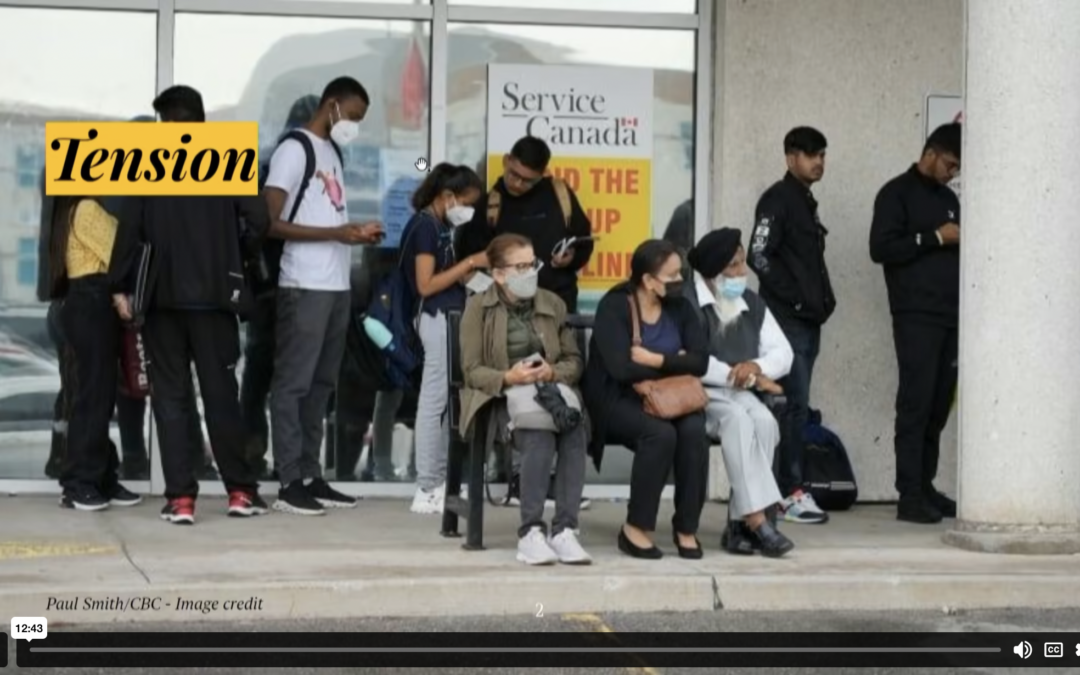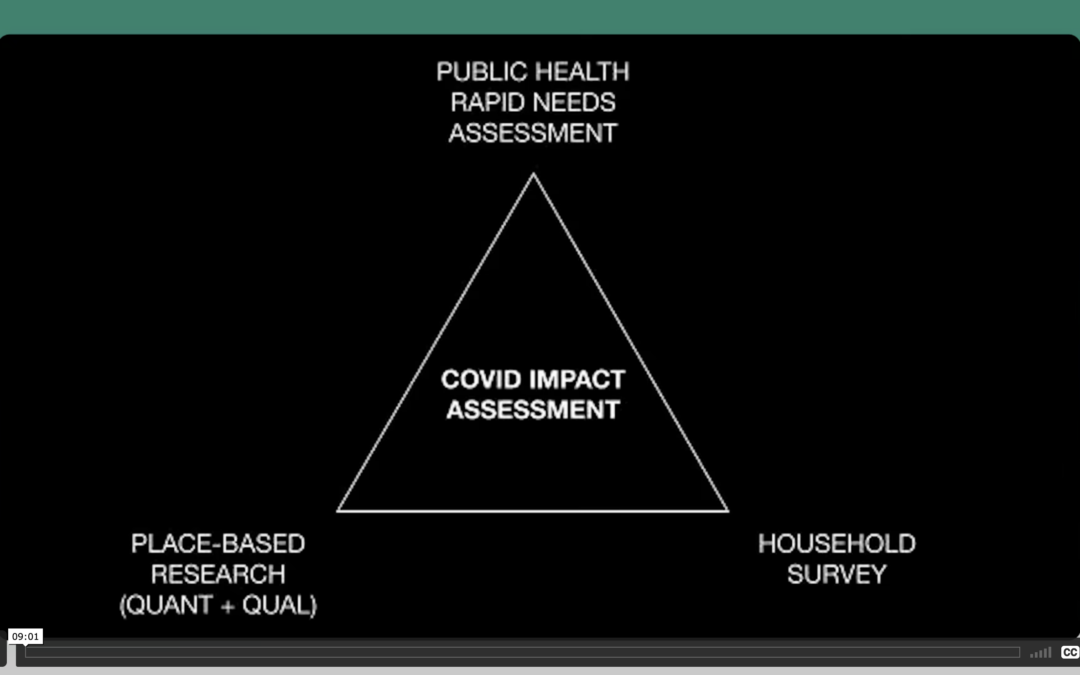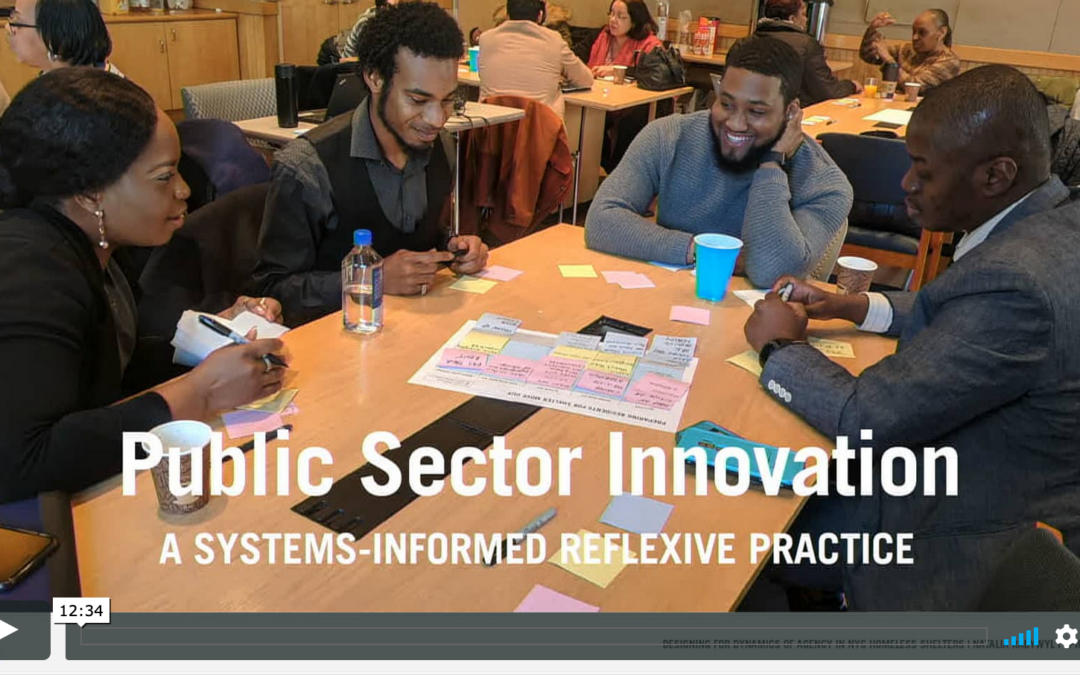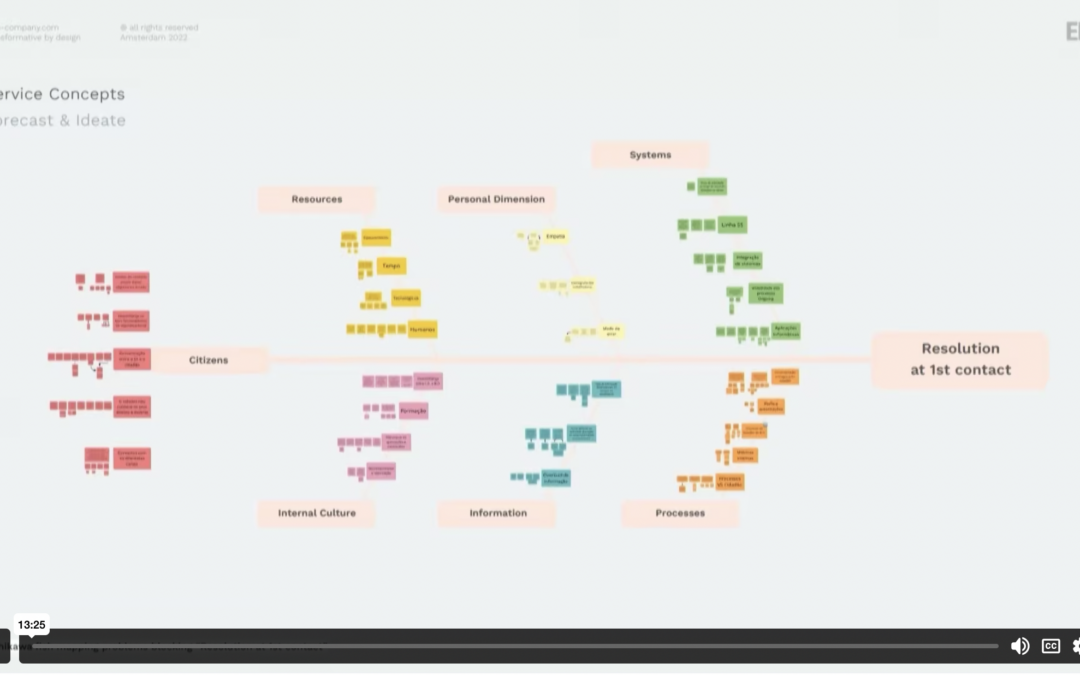This case study examines the use of iterative prototyping to raise concerns important to adolescents and...


This case study examines the use of iterative prototyping to raise concerns important to adolescents and...

This paper explores a key friction in service delivery that is inherent in forms – the ubiquitous and seemingly...

Government websites and online services are often built with limited input from the people they serve. This approach limits their ability to respond to ever changing needs and contexts. This case study describes...

This case study emphasizes the importance of ethnographic research in the public sector, specifically regarding emergency preparedness and crisis-response. In the summer of 2020, Surrey County Council in England commissioned a mixed-method Community Impact Assessment to better assist and serve...

Critical challenges in energy transitions are social and cultural - not just technical and economic. This paper...

Public sector innovation (PSI) is an emerging multidisciplinary field that is attracting practitioners from a wide range of sectors and industries, with a correspondingly broad set of skills and experience. PSI aims to significantly improve the services that a government has the responsibility to...

This case study demonstrates how a transdisciplinary, human-centered approach to research and process...

I Don’t Know What To Do… The moment she heard the beep come through her headset, Tess switched gears immediately. Moments earlier, she’d just wrapped up a non-emergency 101 call with a man who had found himself face to face with a weasel in his back garden. She and her colleagues had been shaking...

Segurança Social (Portugal’s Social Security System) offers multiple service channels to the people. However, they were not perceived as a whole because the assistance was not standard, depending on the channel...

Case Study—Based on experience of working in the Department of School Education, Government of Haryana on a Management Information System being built to reduce administrative workload on teachers and bureaucrats, this case study describes how ethnography was used to understand and address the...